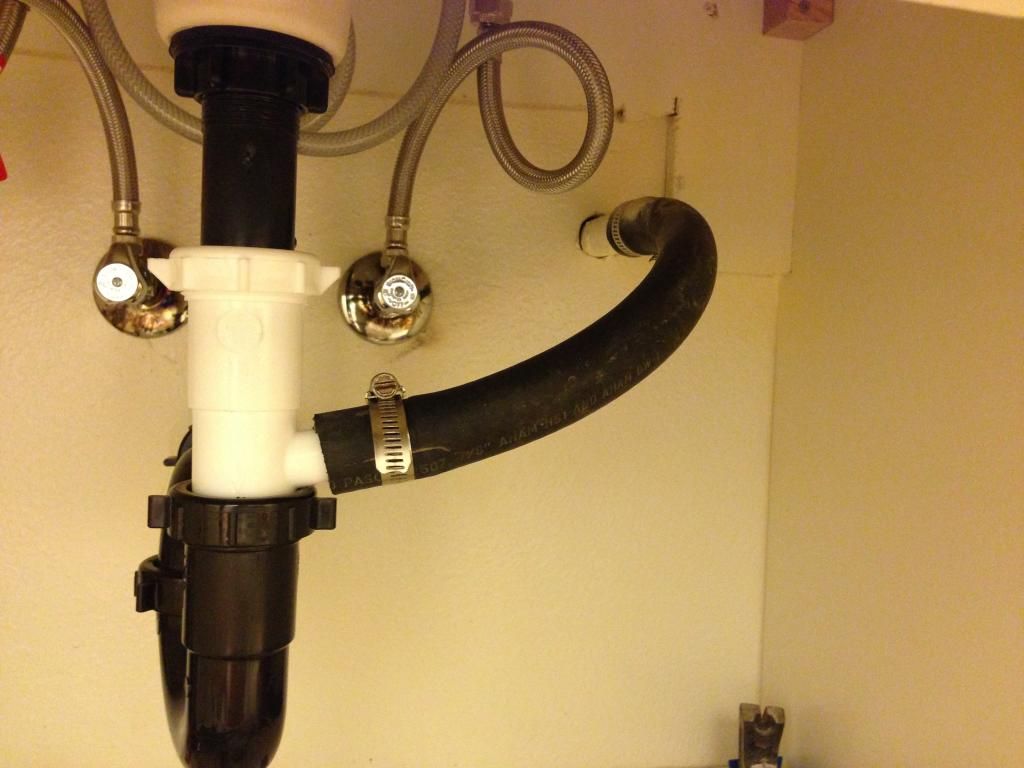Electron2002
Member
I've been in my condo for better than 3 years and for some reason had never really inspected the plumbing under the bathroom sink. When I started doing a little bathroom remodeling, I noticed that there is a 7/8" drain hose coming out of the wall and into the down pipe above the P-trap.
The wall that the hose is coming out of is shared with the side wall of the second bathroom's shower, so there shouldn't be anything over there to drain away.
When I pulled the hose off, I found that there was hair and other crud at both ends of the hose. To me, it appeared that there was some actual drainage that was coming through the hose.
Since the work I was doing was going to take a few days, I went ahead and reconnected the hose, since I had no idea when there might be something coming out of that hose. When I checked the trap again later on, I found water had collected in the trap. So there is something actively draining into my sink drain.
The only additional plumbing fixtures that are in the general area of the drain are 2 sinks and the previously mentioned shower. Tests haven't identified any of these as possible sources.
My ultimate question is... Is it possible that this is drainage from one of my neighbors units? Would it have even been to code for a plumber to have even set things up like this?
I haven't had any actual problems occur as a result of this, but I do find it somewhat concerning. Below is a photo of the plumbing in question.
Thanks

The wall that the hose is coming out of is shared with the side wall of the second bathroom's shower, so there shouldn't be anything over there to drain away.
When I pulled the hose off, I found that there was hair and other crud at both ends of the hose. To me, it appeared that there was some actual drainage that was coming through the hose.
Since the work I was doing was going to take a few days, I went ahead and reconnected the hose, since I had no idea when there might be something coming out of that hose. When I checked the trap again later on, I found water had collected in the trap. So there is something actively draining into my sink drain.
The only additional plumbing fixtures that are in the general area of the drain are 2 sinks and the previously mentioned shower. Tests haven't identified any of these as possible sources.
My ultimate question is... Is it possible that this is drainage from one of my neighbors units? Would it have even been to code for a plumber to have even set things up like this?
I haven't had any actual problems occur as a result of this, but I do find it somewhat concerning. Below is a photo of the plumbing in question.
Thanks





